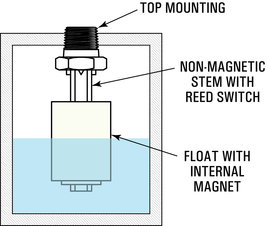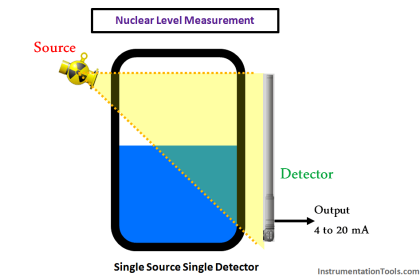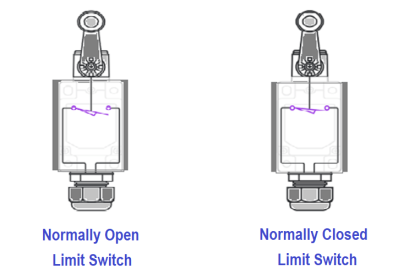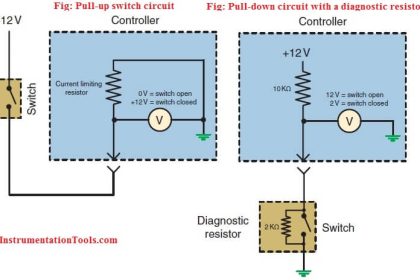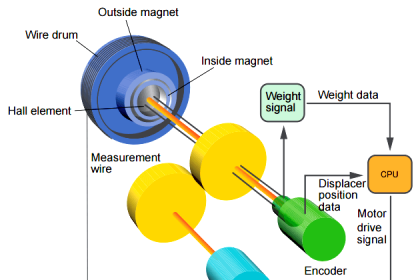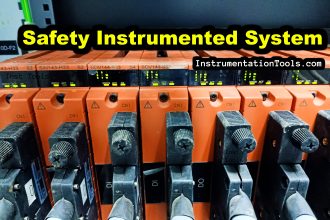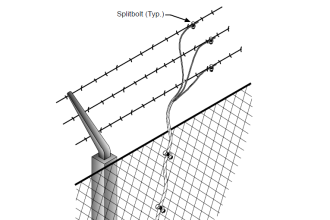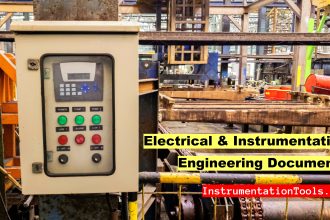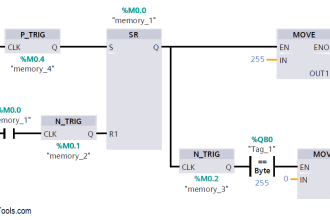All float-operated liquid level switches operate on the buoyancy principle: “the buoyant force acting on an object is equal to the mass of liquid displaced by the object”.
As a result, the partially submerged float moves with the level of the liquid in the vessel. Floats are most-commonly used for narrow level differential applications such as high level and low level alarms.
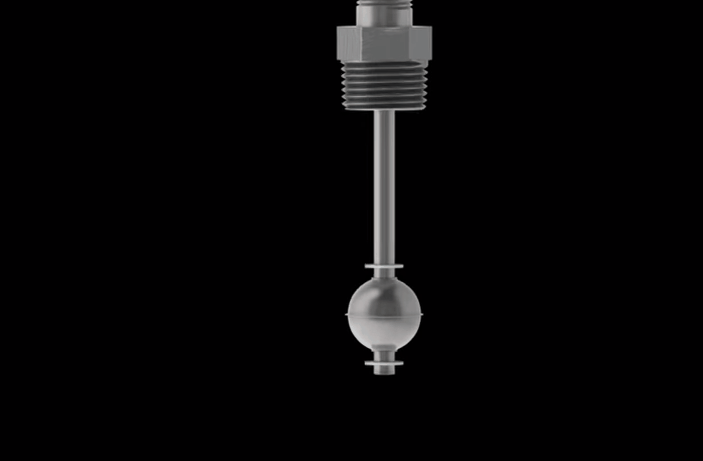
The Float level switches use a float containing an internal magnet and a stem with an encapsulated, hermetically-sealed reed switch.
As the float rises and falls with the liquid level, its internal magnet causes the switch circuit to open and close. The non-magnetic stem isolates it from the process.
Float-type level controls are available for top mounting, side mounting and external chamber applications. Single and multi-level models are used to monitor preset liquid or liquid interface levels.
Optional internal thermostats and RTD’s also monitor process temperature within the same sensor.
